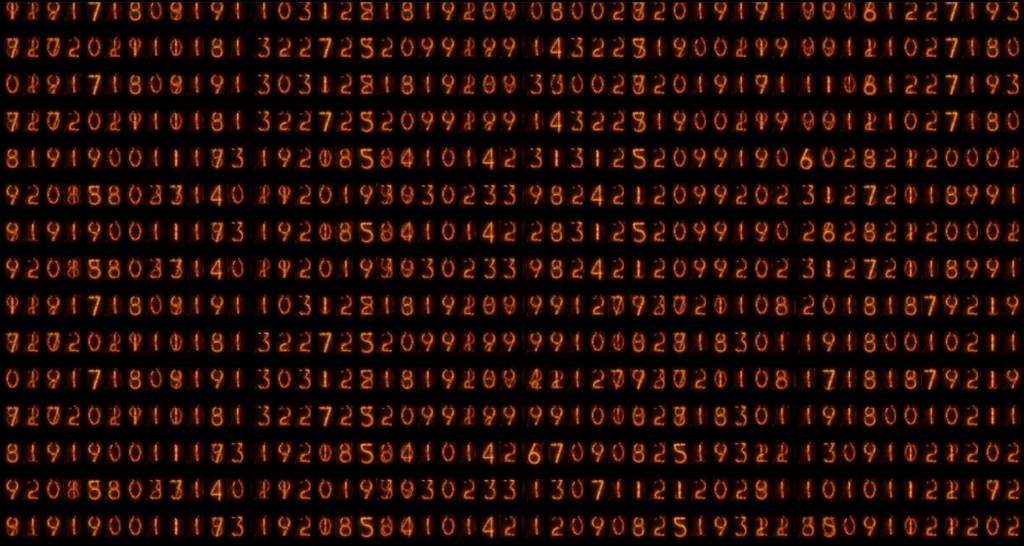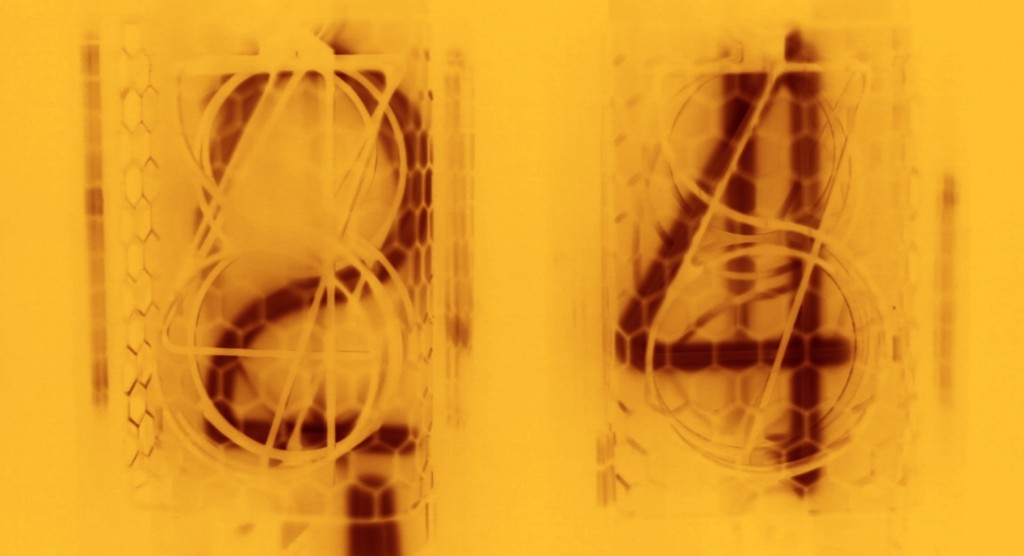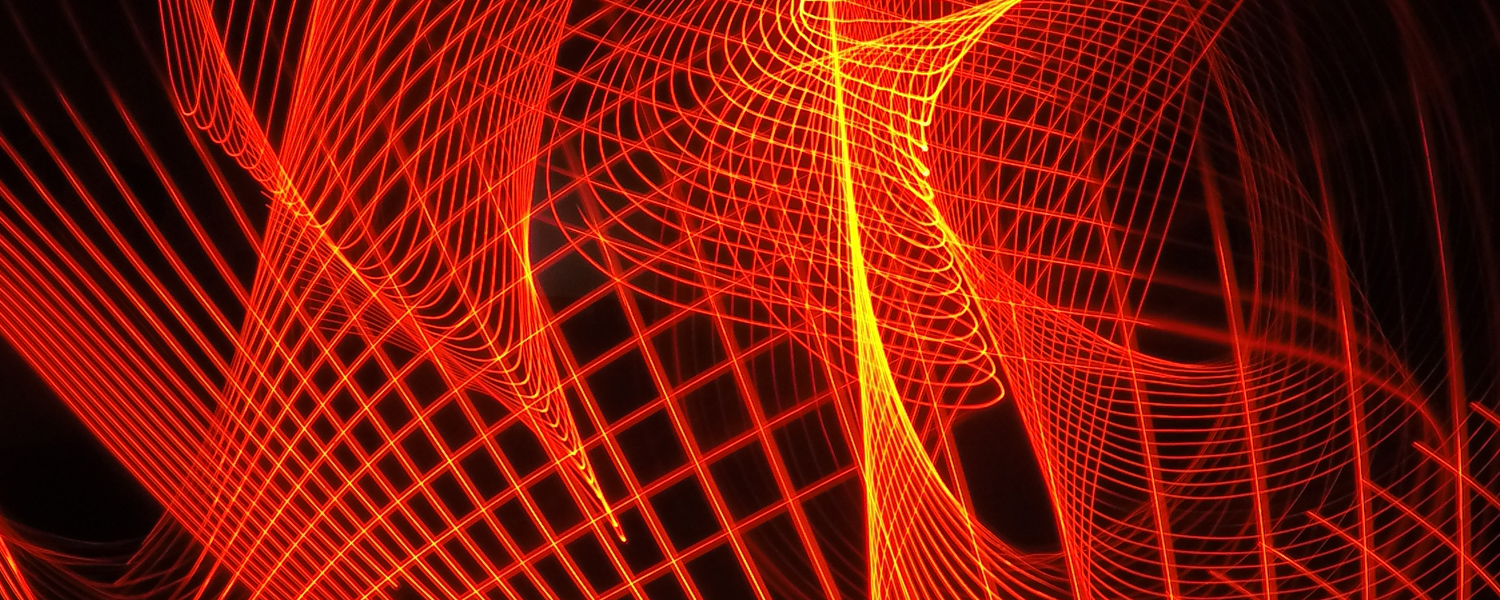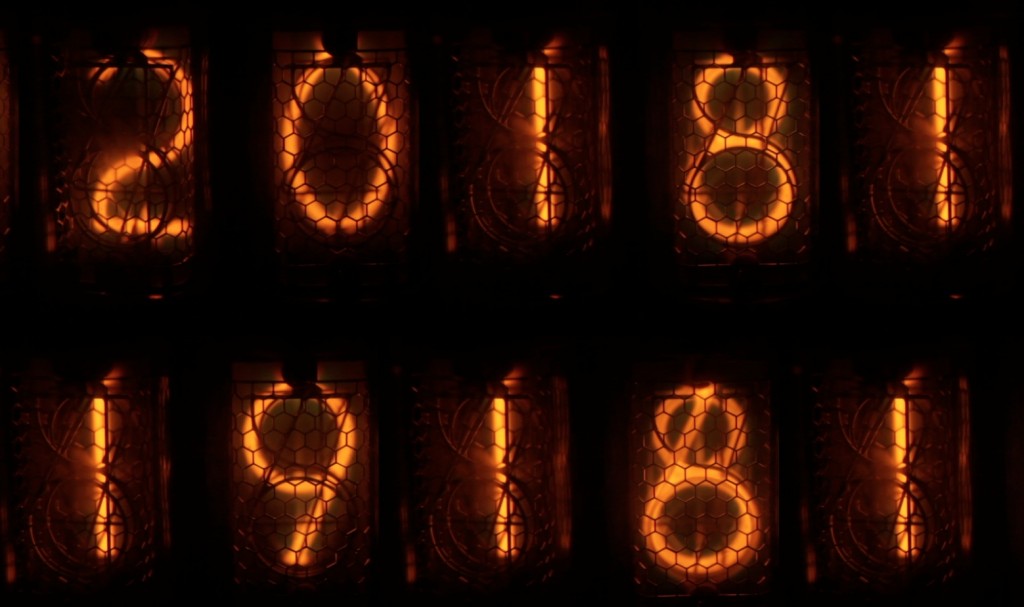This work talks about us and our lives, considered as a data set, as generators of personally identifiable information, as objects of cluster analysis and sources for metadata matching algorithms.
The vast amounts of data we create as we go through our lives, represents our actions, interests, intentions, communications, locations, relationships and behaviors. It’s aggregated by third party trackers looking to deliver advertising, content and services to us, and also used by global surveillance programs for the cybernetic control of the society.

But when the quantitative methods used in science and business, are applied to the personal sphere there is always a reduction of complexity. The process of capture of life into data, the quantification of life, it is a lossy compression, that uses inexact approximations, rounding and truncation, producing overload distortion and quantization errors. In a sequence of calculations, these errors generally accumulate, and often very strong assumptions are made about mathematical properties that may not at all reflect what is really going on at the level of micro-processes.

In remote data centers overseas we are all constantly monitored and object of capture, storage, search, analysis and visualization. Inductive statistics and concepts from nonlinear system identification reveal relationships, dependencies and perform predictions of outcomes and behaviors. We are all these numbers.
This work was part of the Interactions Gallery at HCI 2015, University of Lincoln. The British Human Computer Interaction Conference was held in Lincoln from 13th-17th July and was organised by the University of Lincoln’s Social Computing research centre in partnership with Open Lab at Newcastle University. On the opening session a live video-linked discussion with Julian Assange.
It has been screened in the exhibition “Dark Technology Dark Web” Spektrum Berlin 2017. While smart is the keyword of the omni-connection through the internet of things and social media, dark is the state of our relation with the user-oriented technology that operates the data collection of our online choices and issues our privacy and self determination in the web. Like never before, we are spectators of an effort of sense-making within the massive amount of data available, which is in urgent need of being interpreted by controversial intelligent machines, such as hackers do when they call them systems of surveillance. In this digital space, the Dark Web extends into grey-zone territory: banned by society as a container of illegal activities while serving as a genesis of new subcultures. The 3rd Exhibition for this section of Dark Society aims to gather works that unveil these technological dimensions while questioning the ability and necessity for users to stay anonymous, hide their tracks or obfuscate their surrounding systems of surveillance.

